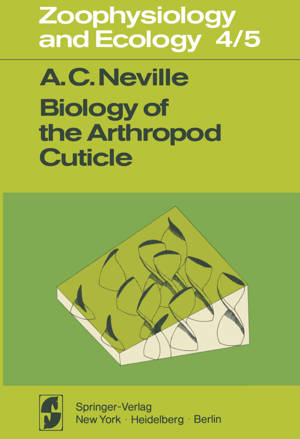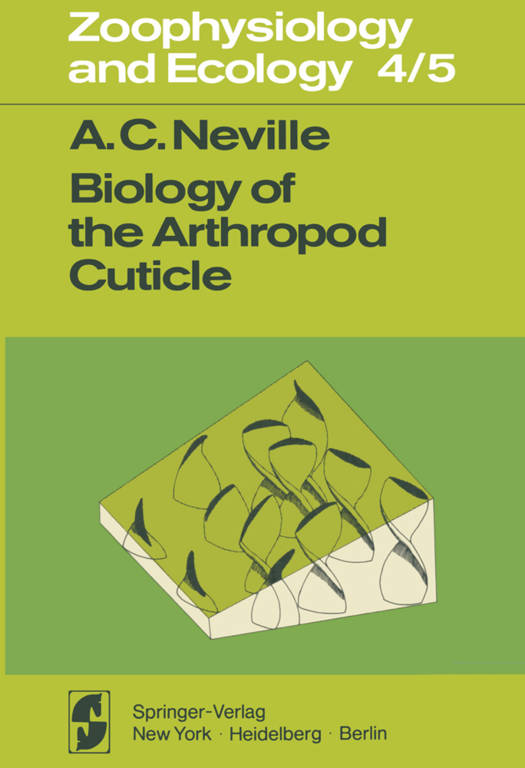
- Afhalen na 1 uur in een winkel met voorraad
- Gratis thuislevering in België vanaf € 30
- Ruim aanbod met 7 miljoen producten
- Afhalen na 1 uur in een winkel met voorraad
- Gratis thuislevering in België vanaf € 30
- Ruim aanbod met 7 miljoen producten
Zoeken
€ 153,95
+ 307 punten
Omschrijving
Mention the words 'arthropod cuticle' to most biologists and they usually provoke a glazed expression. This is because the cuticle is commonly regarded as an inert substance. It is hoped that this book will dispel this fallacy. The study of cuticle in its proper context now involves many of the wider aspects of biology which are currently in vogue (e. g. how a hormone like ecdyson induces a specific enzyme like dopa decarboxylase; the unsolved major problem of cell gradient and polarity; the involvement of cyclic AMP in hormonal mechanisms; the extra- cellular control of cuticular enzymes, of the mechanical proper- ties of cuticle structural proteins, and of the orientation of fibrous molecules; and the relation of chromosome puffing to the synthesis of specific proteins). Studies on cuticle demand a variety of techniques, and examples of the following are illustrated in this book (fluorescence, phase contrast, polariza- tion and Nomarski interference microscopy; infrared absorp- tion; transmission and scanning electron microscopy; autora- diography analyzed by electron microscopy; negative staining in the electron microscope; optical diffraction, high angle X-ray diffraction, low angle X -ray diffraction and selected area electron diffraction). I am well aware that the biophysical parts of this book are less incomplete than other aspects. A developmental biologist or a biochemist would have further elaborated other parts ofthe subject matter. Only one previous author, RICHARDS (1951)hasdevoted a book to arthropod cuticle.
Specificaties
Betrokkenen
- Auteur(s):
- Uitgeverij:
Inhoud
- Aantal bladzijden:
- 450
- Taal:
- Engels
- Reeks:
- Reeksnummer:
- nr. 4
Eigenschappen
- Productcode (EAN):
- 9783642809125
- Verschijningsdatum:
- 15/12/2011
- Uitvoering:
- Paperback
- Formaat:
- Trade paperback (VS)
- Afmetingen:
- 170 mm x 244 mm
- Gewicht:
- 743 g

Alleen bij Standaard Boekhandel
+ 307 punten op je klantenkaart van Standaard Boekhandel
Beoordelingen
We publiceren alleen reviews die voldoen aan de voorwaarden voor reviews. Bekijk onze voorwaarden voor reviews.








